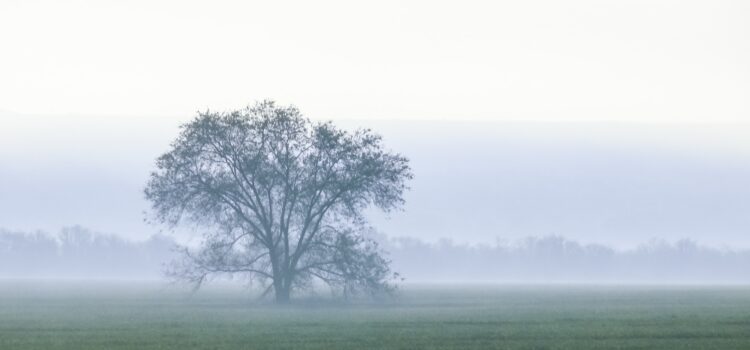If You Go Up To The Hills Today…
Few of us may be aware of the numerous folk tales and legends associated with Cambridgeshire- the Witches of Warboys, the Gruesome History of Caxton Gibbet, the Butcher of St. Neots–but rising above all these quite literally are the Gog Magog Hills. In a county known for its flat landscape, the Hills can be found on the A1307 road to Haverhill and are a favourite spot for walkers, nature lovers and picnics.
Those who visit this locality would rarely be aware of its history or its centuries old derivation. Gog, the chief prince of the land of Magog, is referred to in the Bible (Ezekiel 38-39) and the Biblical association is continued in the Book of Revelation (Ch20:7-9) with apocalyptic associations. Legend also links to ancient Greece, where a king chose husbands for his thirty daughters. Only one, the youngest, was happy with her choice and defied her sisters’ decisions to have them slain. As a punishment, the girls were set adrift until they came to an island which they named Albion. Subsequently they populated a race of giants, of whom Gogmagog was twelve feet tall and of superhuman strength.
All was well until Corineus (the founder of Cornwall), engaged in combat with Gogmagog and killed him, though legend has it of an alternative story told of Gogmagog being carried in chains to London where he became its guardian. This story persisted until it became associated with the hills near Cambridge where an image of a giant was carved on to one of them.
Local residents may be aware that in the village of Cherry Hinton children were discouraged from playing in the local chalk pits lest the buried giants Gog and Magog awoke and chased them. Gog was reputed to have quarrelled with his wife, Magog, and threw earth at her. It missed, but instead the present day hill was formed. A third hill was created when in a fit of temper Gog buried Magog alive. Intriguingly, in the car park of the Robin Hood pub, at the crossroads in Cherry Hinton, there is a dark stone three feet across and with a size 10 footprint carved out of it. So the mystery persists, but no one should be discouraged from exploring our local history or enjoying the beauty spot which comprises the Gog Magog Hills.
This post was written by Paul Wood, a volunteer at the Museum of Cambridge.
